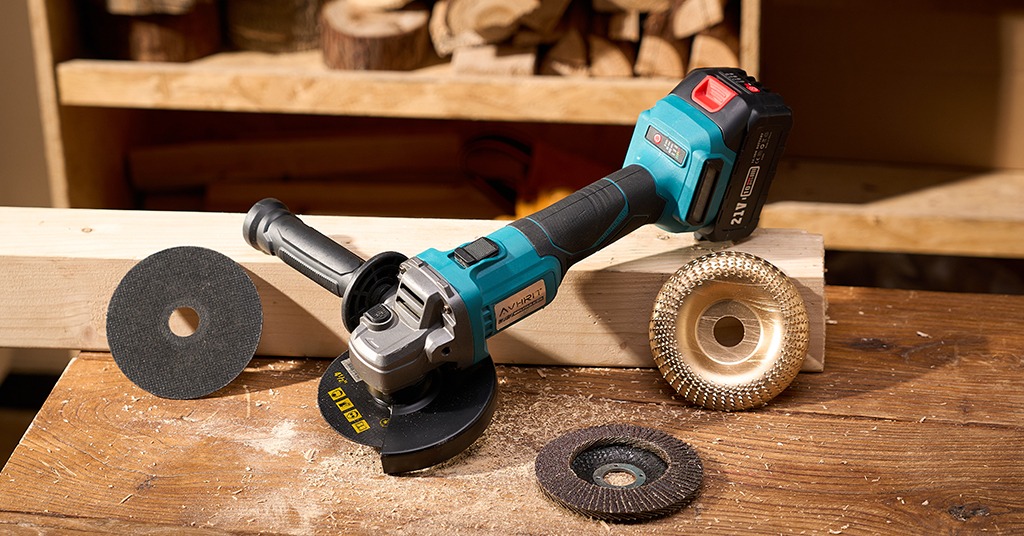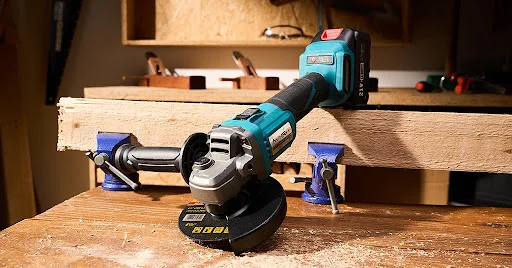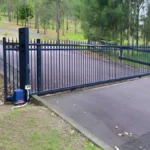Cutting metal with an angle grinder can look intimidating, especially when sparks start flying. But once you understand the process, it’s one of the most practical and satisfying jobs you can do. Whether you’re trimming pipes, cutting rebar, or removing old bolts, Cut Metal guide will help you do it safely, cleanly, and confidently.
1. Understand When To Use an Angle Grinder
An angle grinder is a fast, flexible, and portable metal-cutting tool. It can handle everything from thin sheet steel to thick rods when set up correctly.
You should reach for it when you need to make quick, rough, or mobile cuts—like trimming pipes, cutting brackets, or working in tight spaces where larger saws won’t fit.
However, not every project calls for a grinder.
- For very thin sheet metal, a pair of metal shears may give smoother results.
- For large or precise cuts, a metal chop saw will save time and improve accuracy.
Think of the grinder as your “go-anywhere” cutting tool—ideal for small or medium jobs that need power and flexibility.
2. Get Ready: Safety Gear and Work Setup
Before you start cutting, preparation is everything. Sparks and metal dust are part of the job, but they can be dangerous if you’re not ready.
Start by dressing right and setting up your space safely. Wear goggles or a face shield, work gloves, ear protection, and long sleeves. Clear the area of any paper, sawdust, or flammable liquids, and make sure the floor and surface are stable.
Keep these quick rules in mind:
- Always stand with a firm, balanced stance.
- Direct sparks away from yourself and others.
- Never cut above shoulder height or on a ladder.
- Keep a fire extinguisher or spray bottle nearby just in case.
3. Choose the Right Cutting Disc
The disc you use is what actually does the work—and the wrong one can ruin your project or even shatter.
For most general metal cutting, a thin cut-off wheel (1–1.6 mm) works best. It slices fast and leaves cleaner edges. For thicker or tougher stock, choose a reinforced wheel (2–3 mm) that’s built to handle more pressure. And if you’re cutting aluminum or copper, look for a non-ferrous metal wheel to avoid clogging or overheating.
When installing the disc:
- Make sure the RPM rating on the wheel is equal to or higher than your grinder’s speed.
- Check that the guard is properly positioned to deflect sparks.
- Tighten the flange nut securely while the grinder is unplugged or the battery is removed.
4. Prepare the Metal and Mark the Cut
Clean, safe cuts start with stable material. Mark your cutting line with a marker or scribe so it’s easy to follow. Then, clamp the metal firmly—never hold it by hand. A loose or vibrating piece can cause kickback.
If the metal might bend or pinch the wheel (like a long pipe), support both sides before you begin. Plan where the offcut will fall and check again that there’s nothing flammable in the spark path.
5. Step-by-Step: Making the Cut
Once you’re set up, cutting is all about control. Don’t rush—let the grinder do the work.
- Start smoothly: Hold the grinder with both hands and let it reach full speed before touching the metal.
- Score the line: Make a shallow pass along your mark to guide the main cut.
- Cut steadily: Follow the groove with even pressure; don’t force it. For round materials, rotate the work or walk the grinder around slowly.
- Finish cleanly: Ease off near the end so the last piece doesn’t snap or twist.
Each move should feel smooth and deliberate—if it vibrates, chatters, or binds, pause and reset.
6. Finishing the Edge
Fresh cuts usually leave sharp burrs. After cutting, swap to a flap disc or use a metal file to smooth the edges until they’re safe to touch. Wipe away any dust or debris, then protect exposed steel with primer or paint to prevent rust.
It’s also smart to hang around for a few minutes before leaving your work area. Tiny sparks can smolder unnoticed—give it ten minutes to be sure everything’s cool.
7. Mistakes to Avoid
Even experienced users forget the basics sometimes. Avoid these common issues:
- Pushing too hard—light pressure cuts faster and safer.
- Using a worn or chipped disc.
- Forgetting to clamp the workpiece.
- Removing the wheel guard.
- Ignoring vibration or wobble (a sign your disc is failing).
A few quick checks can prevent damage to both the tool and your hands.

8. Quick Setup Guide
When you’re not sure which setup fits your job:
- Every day cutting: 4.5-inch grinder + thin metal disc.
- Outdoor or mobile jobs: cordless angle grinder + extra battery.
- Heavy-duty work: thicker reinforced wheel and full clamping.
- Finishing visible edges: switch to flap disc + apply protective coat.
Frequently Asked Questions
1. Can I use the same grinder for metal and wood?
No. Woodworking blades are unsafe on a high-speed grinder; the metal grinding wheel will scorch the wood. For cutting wood, an electric chainsaw is a better option.
2. Why does my grinder spark so much?
Sparks are normal on steel, but too many mean you’re pressing too hard or the disc is worn out.
3. Can I cut metal indoors?
Only if the area is ventilated and cleared of flammables, keep a fire extinguisher nearby.
4. How do I get a straight cut?
Score first, then follow the groove slowly. A straightedge or clamp guide helps, too.
5. When should I replace a disc?
If it’s chipped, uneven, or has become too small to reach safely, replace it immediately.
Conclusion
An angle grinder is one of the most useful tools for any metal project, combining power, control, and versatility. With the right disc, a secure setup, and steady hands, you can cut through most metals safely and achieve professional-looking results. Take your time, stay aware of safety, and soon those flying sparks will just mean progress, not panic.
Explore more to reveal smarter paths, sharper ideas, and unseen opportunities






